Predict the possible outcomes of combined traits of plants with a printable Punnett Square worksheet.
What is a Punnett Square?
A Punnett square is a visual tool used in genetics to predict the possible outcomes of the traits that offspring may inherit from their parents. It was developed by a scientist named Reginald Punnett, which is why it’s called a Punnett square.
The Punnett square is divided into a grid, and each side represents the alleles (different forms of a gene) from one parent. The alleles are usually represented by letters, such as capital and lowercase letters. Using these alleles, the Punnett Square grid is completed when the alleles are combined in each section, much like an area model in multiplication.
This resource download includes an editable Punnett Square worksheet designed for your students to practice identifying alleles, genotypes, and phenotypes, and completing a Punnett Square to show trait combinations. Finally, students will determine the possibility of a particular trait showing up in offspring with a percentage of likelihood.
Download and Print Your Punnett Square Worksheet
You’re just a click away from getting your new resources! Use the dropdown arrow on the Download button to select the Editable Google Slides resource file or the quick-print PDF version.
This resource was created by Kaylyn Chupp, a teacher in Florida and Teach Starter Collaborator.


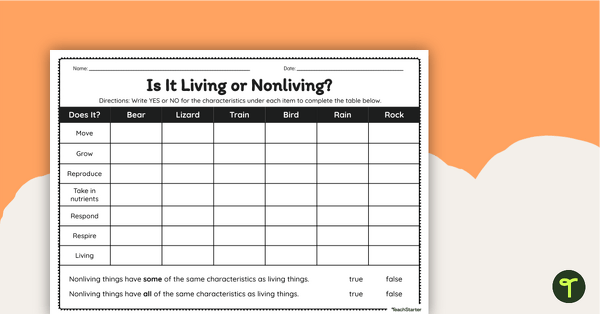
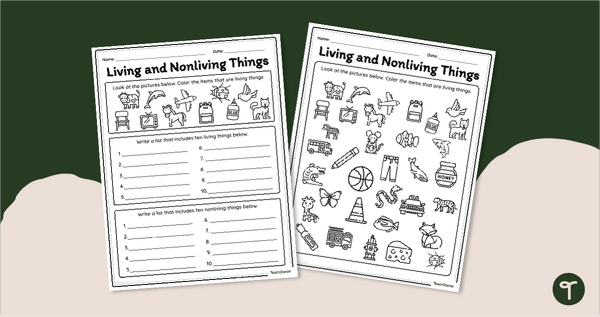
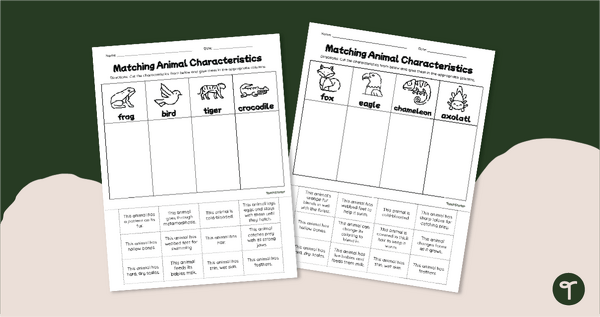
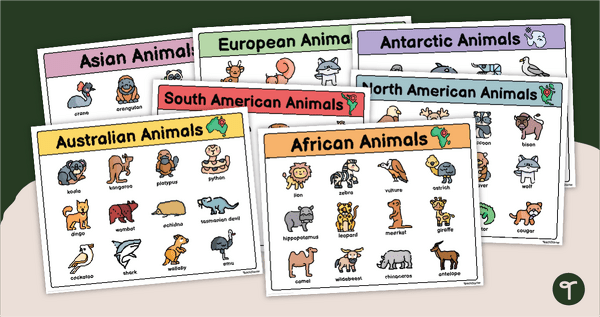
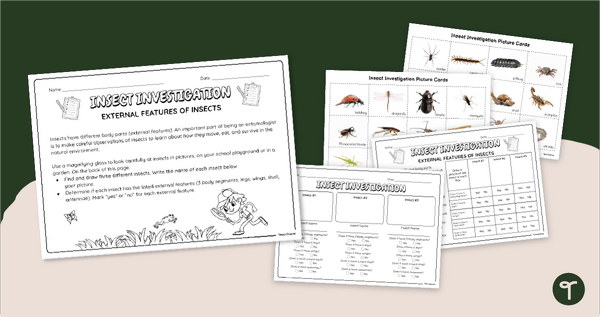
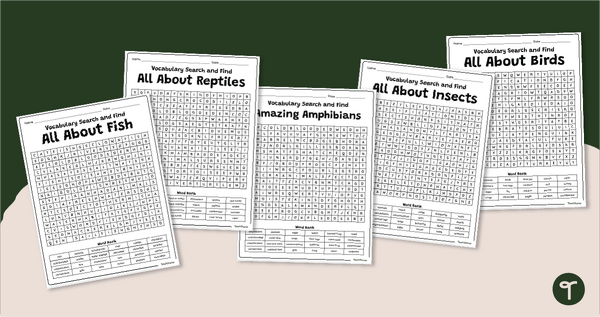
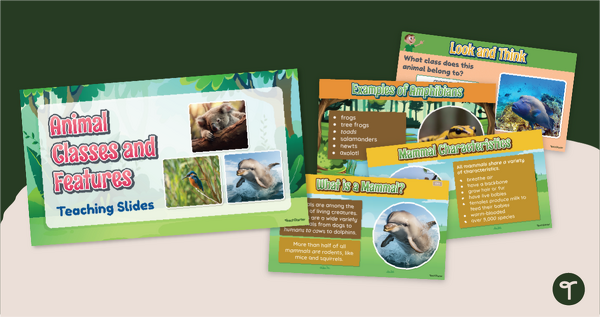
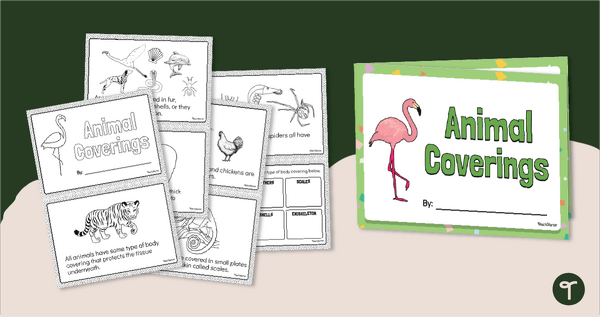
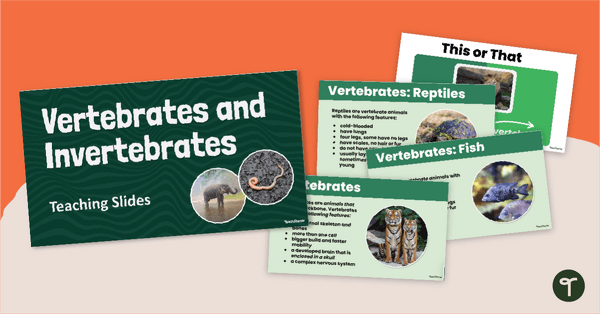
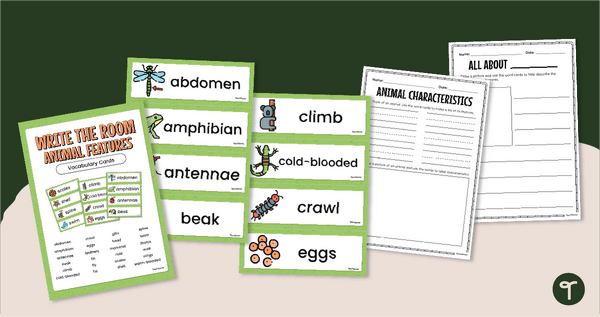
0 Comments
Write a review to help other teachers and parents like yourself. If you'd like to request a change to this resource, or report an error, select the corresponding tab above.